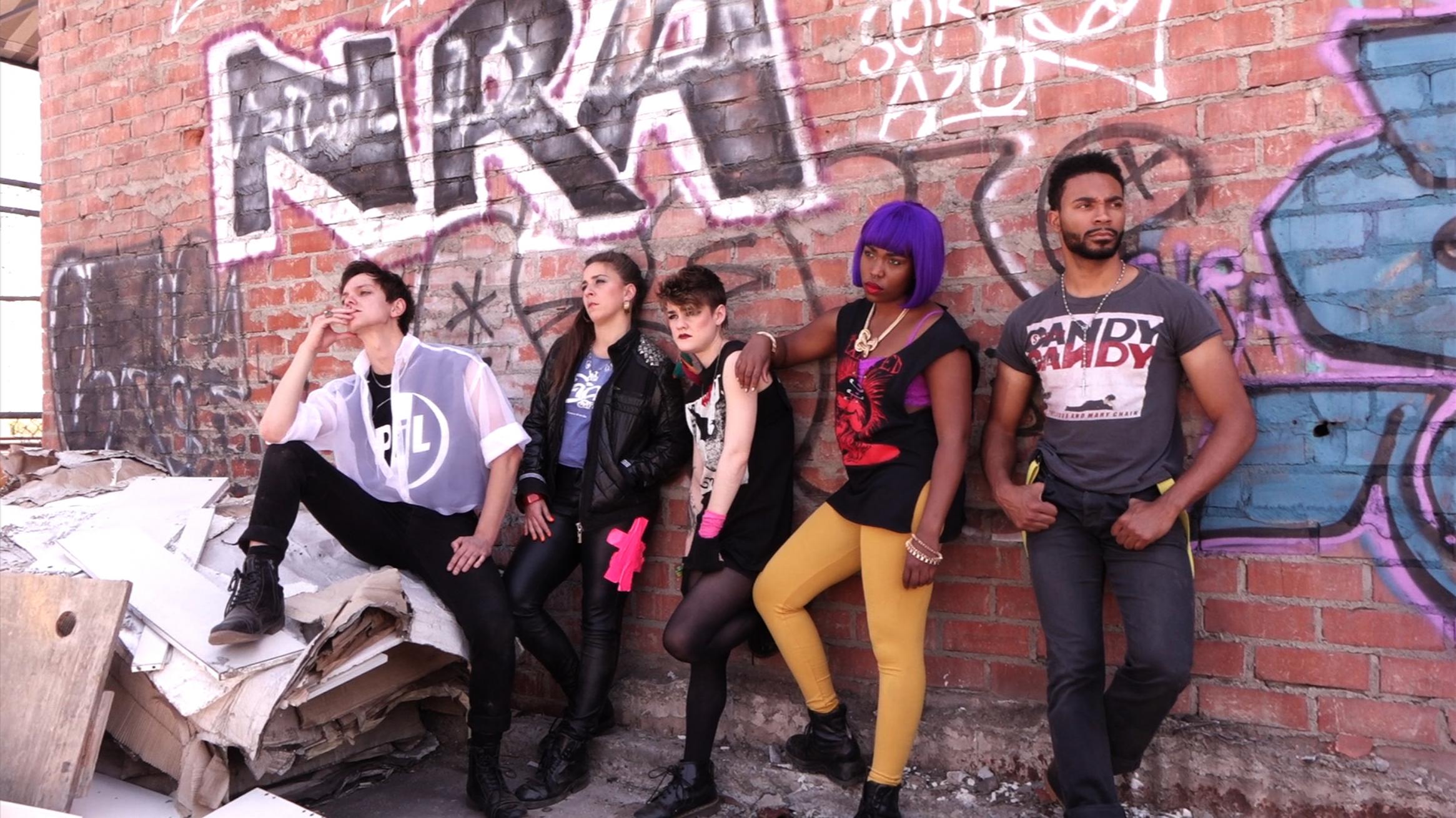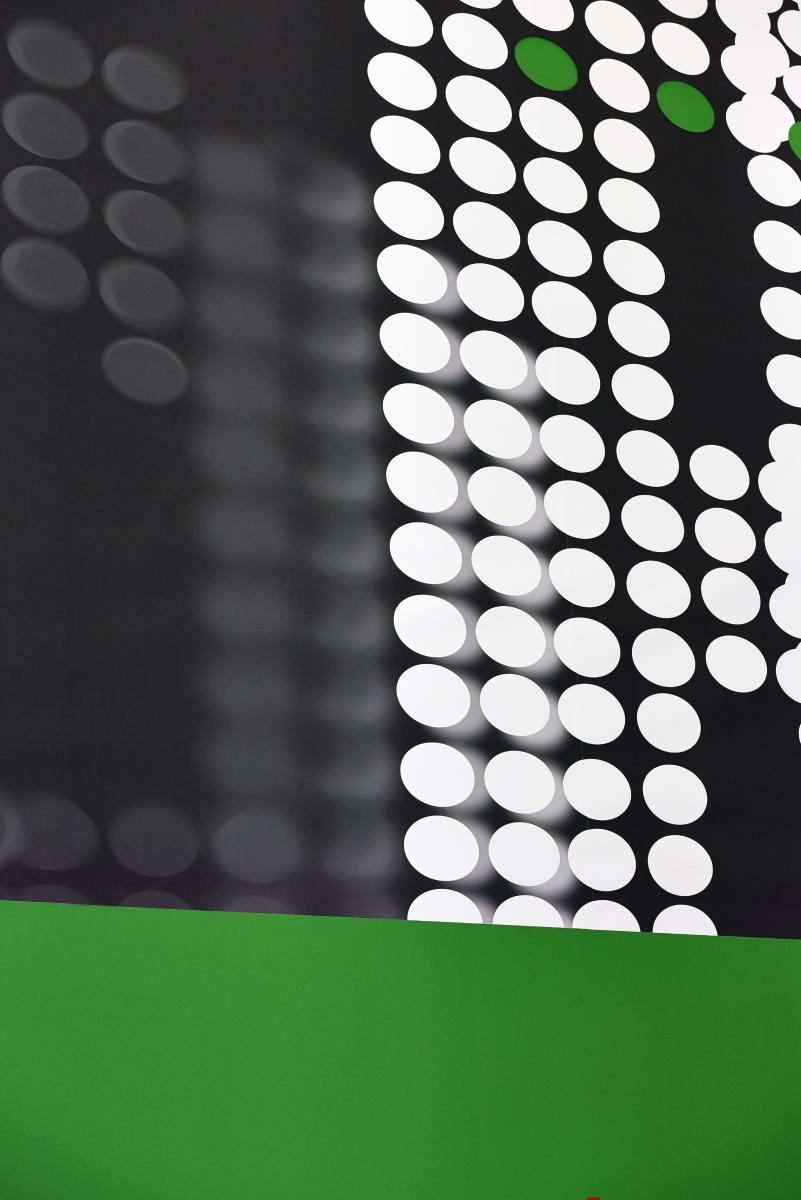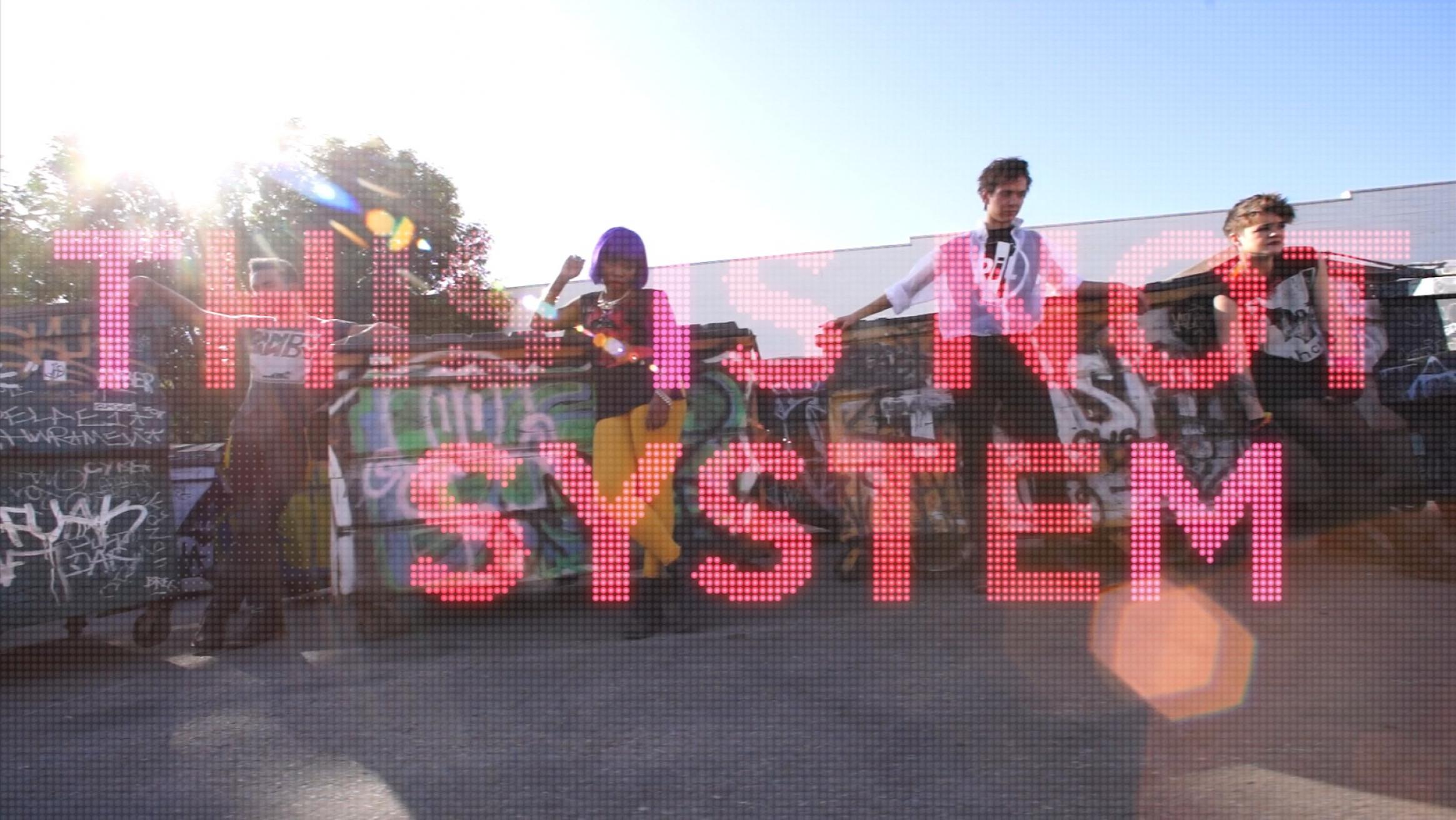
When Sunderland City Council announced last September the imminent closure of its City Library building, the Northern Gallery for Contemporary Art, which had occupied a floor since opening in 1995, received notice of eviction. Venueless, NGCA negotiated with the Baltic to host Amanda Beech’s upcoming exhibition, ‘Covenant Transport Move or Die’, at short notice. While NGCA will reopen at the University of Sunderland later this year, thousands of the City Library’s books are being shoehorned into the Sunderland Museum and Winter Gardens. At least they are not going the way of nine other libraries permanently closed by the council since 2010. The loss of this purpose-built public space for reading and for experiencing contemporary art as part of a piecemeal effort to save at least £74m over the next three years bears out, in one fell swoop, Tom Crewe’s observations in ‘The Strange Death of Municipal England’, an article published in the London Review of Books at the end of last year: investment in arts and culture has fallen by 17% since 2012; one in five regional museums have closed or are scheduled to; the overall number of library staff in the country has shrunk by 25%.
Not so bad, however, for Beech, who was effectively ‘upgraded’ to join the higher profile Baltic programme of solo presentations by Monica Bonvicini and Deimantas Narkevicius. Here, motifs from Beech’s two-screen video installation Covenant Transport Move or Die, 2015 – first exhibited last year in the group show ‘What Hope Looks Like After Hope (On Constructive Alienation)’ at Ashkal Alwan space, Lebanon – migrate into large- and small-scale print-based works. Spanning the exterior gallery wall, floor to ceiling, is a layered barrage of dot-matrix forms lifted from the signage of US haulage trucks, and monochrome gradient strips on a chromakey green ground. Further abstracted, these motifs continue into the gallery, printed onto uniformly sized copper sheets, like printed circuit boards, prosaically titled Copper Plates No. 1-10, 2016. This movement – against a chromakey ground of potentially any-place-whatever – describes the reinvestment of analogue images harvested from the digital back into electrical circuitry flows. What components might be assembled from them?

Covenant Transport Move or Die, displayed on two screens at right angles in the corner of the room, closes the loop, enfolding types and generations of media: heavy metal and synth pop soundtrack a visual aesthetics of video games, LED advertising and HD pop videos. By a railroad, an orderly line of youths file into a derelict factory. They are not dressed in traditional work clothes, but nonetheless wear uniforms of a kind: hipsterish wardrobes of new wave band T-shirts – Public Image Ltd, Bauhaus and Exploited – angular haircuts, and swaggy accessories. They pose voguishly, jostling about in scenes of graffiti’d dereliction which cut away to shaky images of haulage lorries and shipping containers on rail. What exactly is the crew’s labour? Getting dressed in the morning? ‘THIS IS NOT AN OBJECT’, forceful transparent text fills the screen, ‘THIS IS NOT REAL’, ‘THIS IS NOT A FACT’, ‘THIS IS NOT A SYSTEM’. The text may as well refer to the poser punks’ nihilism as it does to the operation of the artwork, or Beech’s negation, articulated in interviews and theoretical writing, of contemporary art’s finitude. In fact, it seems to me, the uniforms bait a certain melancholy leftist critique that bemoans commodification. It is a quintessential accelerationist tactic of the kind advanced by philosophers associated with the organisation Urbanomic, to which Beech has contributed.

One after another, each crew member’s character is revealed by video-game idents: the manager, the programmer, the customer, the dealer, the worker. From these scenes of dereliction – what the wall text calls places of ‘mythic abstraction’ – they rap their innermost thoughts, actions, instructions and desires for a new world through a dense melange of scientistic, poetic and theoretical exigencies. Their narratives pull at sense itself, exercising what Reza Negrastani, who contributed an unintelligible text for the show, calls theory-fiction. In Covenant Transport Move or Die the effect is an image of complexity delivered in jargon. It can be gratifying but ultimately little is learned.
Rap can have an embodied affective intensity that escapes the linguistic. Aside from one virtuouso performer – the manager – Beech’s characters appear lumpen and awkwardly self-conscious, a feeling exacerbated by a roaming camera that is meant to have its own agency but seems to have all the wrong angles. It’s not real, nor is it plausible.
